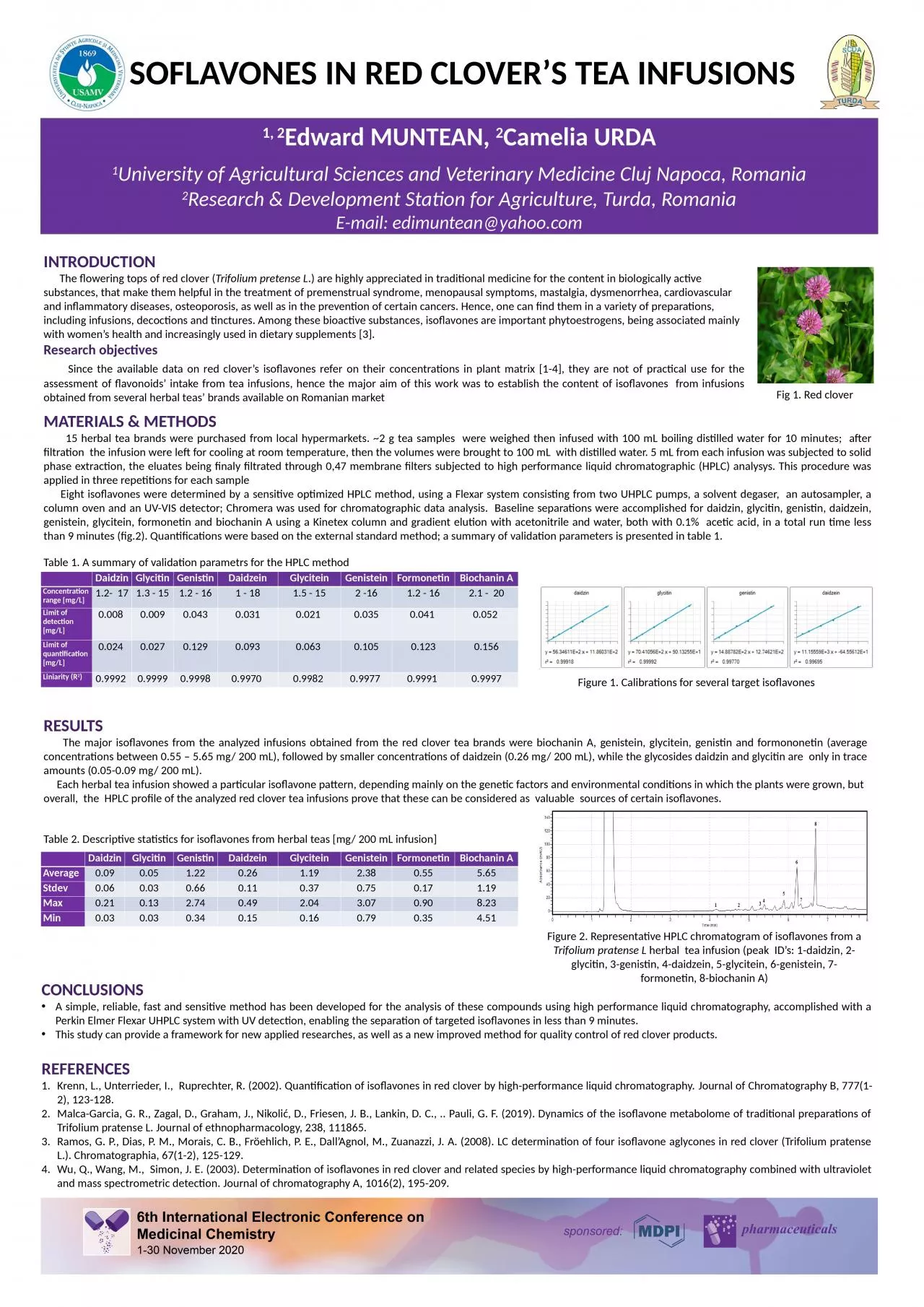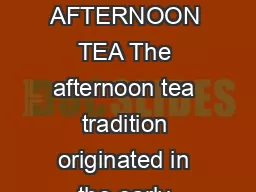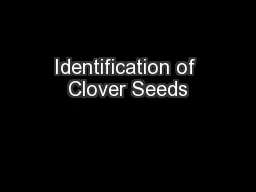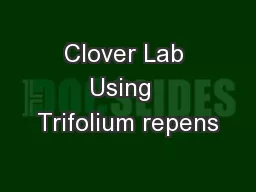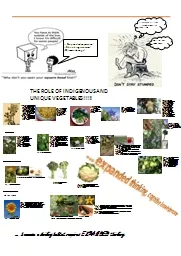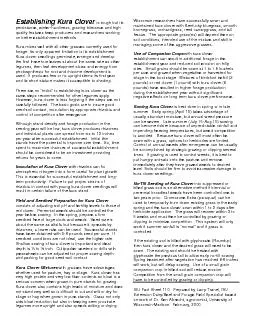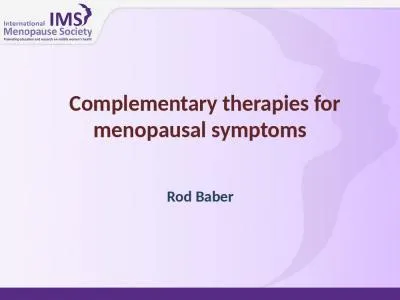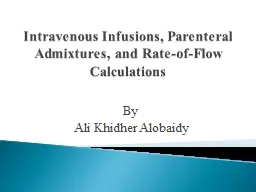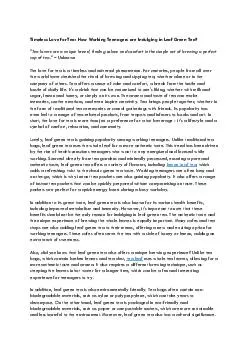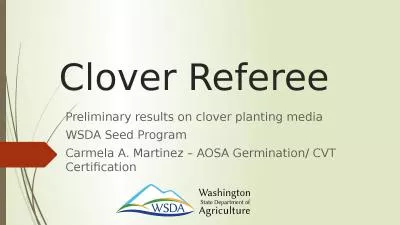PPT-ISOFLAVONES IN RED CLOVER’S TEA INFUSIONS
Author : walsh | Published Date : 2022-07-26
1 2 Edward MUNTEAN 2 Camelia URDA 1 University of Agricultural Sciences and Veterinary Medicine Cluj Napoca Romania 2 Research amp Development Station for
Presentation Embed Code
Download Presentation
Download Presentation The PPT/PDF document "ISOFLAVONES IN RED CLOVER’S TEA INFUSI..." is the property of its rightful owner. Permission is granted to download and print the materials on this website for personal, non-commercial use only, and to display it on your personal computer provided you do not modify the materials and that you retain all copyright notices contained in the materials. By downloading content from our website, you accept the terms of this agreement.
ISOFLAVONES IN RED CLOVER’S TEA INFUSIONS: Transcript
Download Rules Of Document
"ISOFLAVONES IN RED CLOVER’S TEA INFUSIONS"The content belongs to its owner. You may download and print it for personal use, without modification, and keep all copyright notices. By downloading, you agree to these terms.
Related Documents

